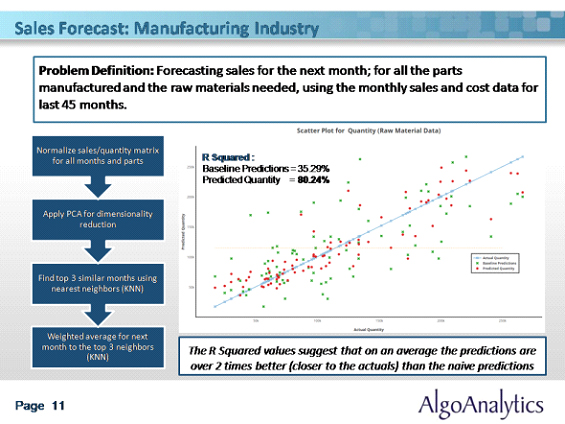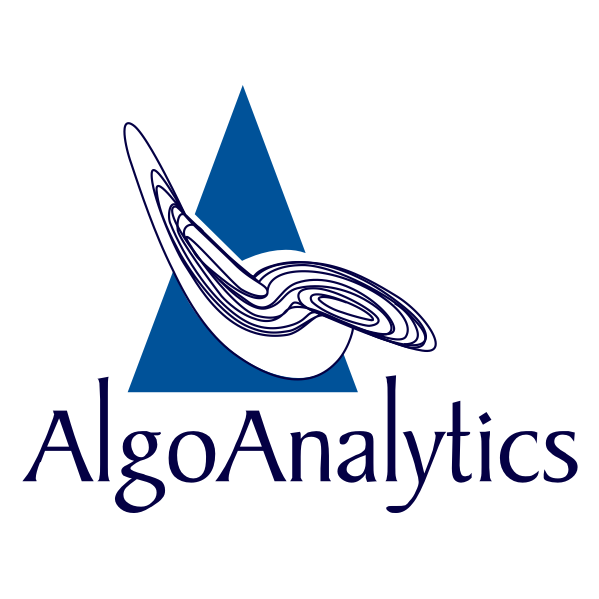Analytics in Retail has moved beyond just forecasting and making simple assumptions about customers. Machine learning and Artificial Intelligence (AI) has started to provide retailers with powerful tools. These tools are just beginning to bridge the gap between marketing automation and retail management consultation. At present, there is an overwhelming challenge of mining information from the huge amounts of data that is garnered every minute. Retailers are employing advanced predictive analytics to go beyond making simple assumptions about their customers using both online as well as offline analytics. However, the Machine learning & AI tools are not solely employed to serve customers, though that is the end goal, but can also be employed to help retailers respond to customer emails with tailored responses depending on the scenario without human intervention.
Online & Offline Analytics
Before attempting to understand how online and offline analytics help retailers, they need to be aware that just tracking of items customers have purchased in the past is not enough to understand customer behavior, to plan for the future, and narrow down their customer references choices and wants.
- Purchase decisions are based on a complex set of factors that are constantly evolving & changing
- Buying behavior of customers are no longer limited to just offline or online, but could involve both factors
- Customers choices are growing more complex and there is need to know more than their basic purchase history information
- Asking the right questions in a complex set of data can help accurately collect and analyze for more accurate forecasts sales and customer loyalty
Online Analytics:
What Online Analytics delivers when using Machine Learning techniques
When employing Machine learning techniques like Recommeder Systems, Image Analytics, Demand prediction and customer churn interesting patterns with respect to the below emerge:
- User behavior enhancing personal shopping experience for the customer
- Product recommendations for upselling & cross selling
- Price optimization for sales planning
- Customer segmentation for focused marketing
- Improved customer engagement & retention


Offline Analytics :
What Offline Analytics delivers when using Machine Learning techniques
- Offers Dynamic pricing based on demand & profit margins
- Helps to devise deciosn based strategies to increase revenues
- Plan ahead and strategize marketing campaigns for higher sales
- Enhances Supply chain logistics
- Improves inventory tracking and forecasting
- Helps plan potential location for new stores based on demographics
Thus a combination of both Online and offline Analytics is very essential for retailers to maintain that competitive edge in the market. The integration of machine learning and AI gives added value, but the real challenge is in knowing what to look for despite having a huge dataset, which could be completely useless or provide misguided solutions, if the wrong questions are asked!
Although with the inroads the Internet of Things (IoT) is making into different sectors of ecommerce, and the use of smartphones by customers that could offer interesting customer behavior for retailers, retail analytics could turn out to be a completely different game changer in the near future.
For demo visit our link https://algoanalytics.com/demoapp

